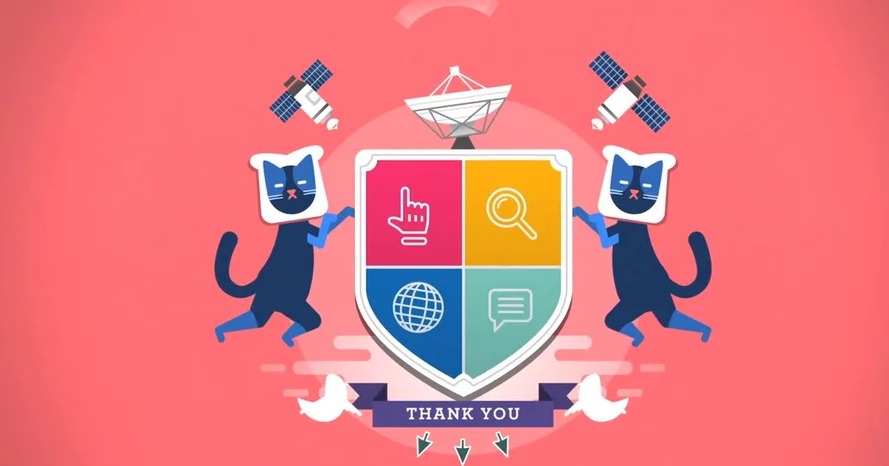There is an international effort to bring internet technologies to second screen, whichever the device may be. The internet has come to play such an important role in people’s lives everywhere that it is important that online experiences be in correlation with audience demands. Currently, several organizations work on a continuing basis to standardize web technologies and one of the major players responsible for setting these standards is the World Wide Web Consortium (W3C).
The World Wide Web Consortium defines itself as “an international community where member organizations, a full-time staff, and the public work together to develop Web standards.” One of the goals of W3C is to bring the web on as many devices as possible, now that more and more people own smart technologies*. And this is where the Second Screen Working Group comes into play.

Photo source: W3C
The Second Screen Presentation Working Group is part of the World Wide Web Consortium and its work revolves around defining particular routines, tools, and specifications that are necessary for building software applications. These specifications are known as API and they make the World Wide Web what it is today.
The focus of the Second Screen Group is on defining APIs so that web content can be managed on a wide array of devices. Recently, the group published a draft document (subject to change) on API guidelines for using presentation-type displays (such as a projector or a connected TV) to exhibit web content. The API, available at this address, enables users to control presentations, delivered to the audience on a projector, from mobile phones while using an online service. Users can use this service prior to presentations, to set them up on a primary screen, access them on the go, and finally, use the touch screen function of the smart phone to control the presentation slides on the projector, at any location. The API guidelines also enable users to share video content and images with a larger audience, using the same sharing service, which requires having a personal device connected to bigger displays.
Another relevant group within the World Wide Web Consortium is the Web and the Broadcasting Business Group, which focuses on the TV industry in relation to users’ viewing habits that are changing television business models. The influence of internet technologies over TV, an influence that brings broadcasters and software developers together, will continue to shape the work of both the Second Screen Presentation Working Group and the Web and the Broadcasting Business Group.